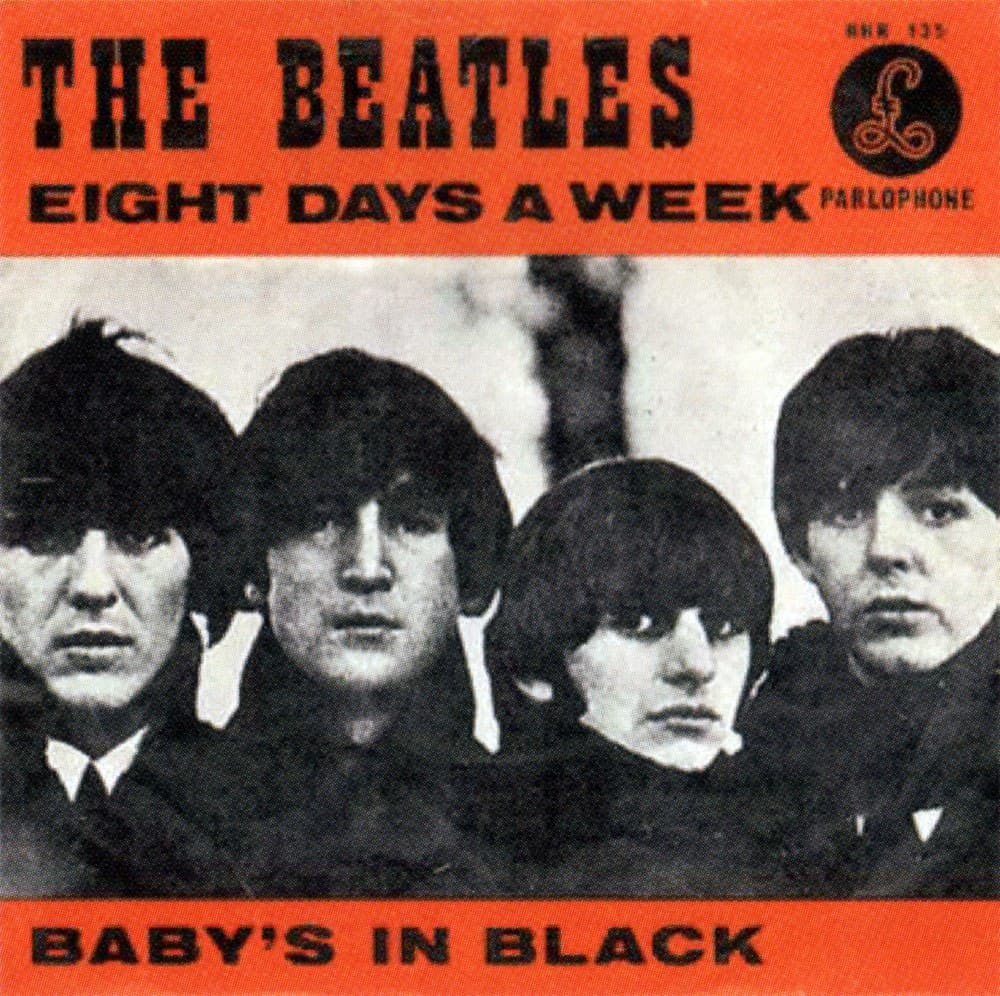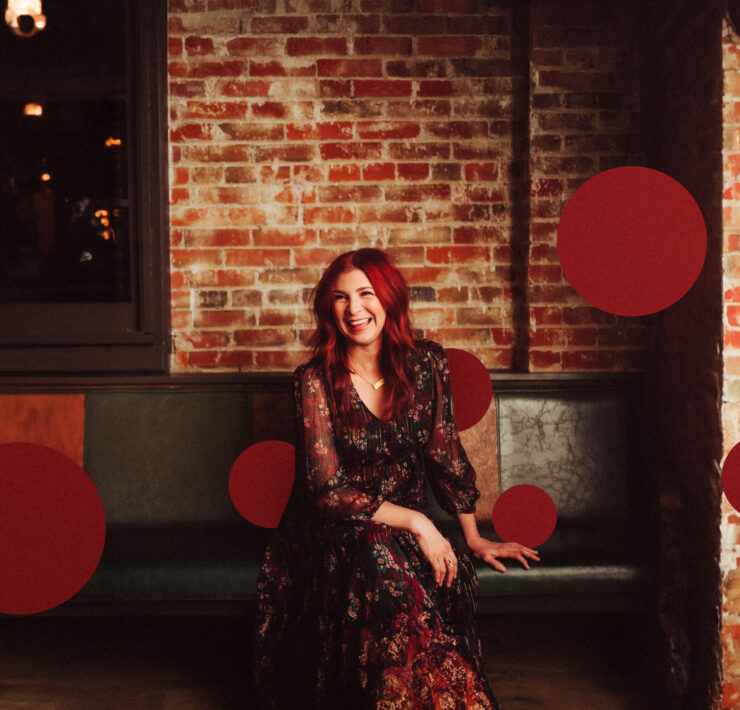I was recently having a conversation on Facebook with a friend who was quite frustrated. His frustration stemmed from how Christians seem to stifle certain forms of art or put certain art into categories, calling them either “Christian” or “Secular.”
This has been an ongoing conversation among Christians. Prominent Christian artists such as Jon Foreman have spoken into the debate about “Christian songs.” Foreman said, “What is more Christ-like: feeding the poor, making furniture, cleaning bathrooms, or painting a sunset? There is a schism between the sacred and the secular in all of our modern minds.”
It seems Foreman only touched the tip of the iceberg. There is a deep rift that has been slowly growing for decades, possibly even centuries, in Christian thought, and it’s bled into the modern creative Christian culture. Because of this divide, this “Christian” label we slap on art, we often think art made by Christians has to look or sound a certain way.
To those of us trying to live out our beliefs, art can seem dangerous because the art of our culture preaches the beliefs of the culture, and many of these beliefs run counter to the Christian values we hold. But our goal should not be to avoid “secular” art and media, or merely take art as it’s given to us and try to fix it, but to create our own art that is unique, meaningful and paradigm-shifting.
Far from sticking to the conventional standards of “Christian” art, Christian artists should be willing to take risks, to express their deep-seated beliefs and convictions in their own ways. For Christians, art is taking part of the material world and making it sacred with our expression of love and devotion to God. The aesthetic isn’t what makes it Christian, the artist’s purpose does.
Art can not only express our beliefs in Jesus Christ, but breathe life into the world in the process. There are several ways art is linked to our beliefs, which show us, in part why Christians should create:
It’s Innate
We first need to understand our beliefs. Are they just a category of our lives? Are they something we put on the bottom shelf, to take out only on Sundays? I think most Christians would say “No,” and I think most artists would say we have convictions that motivate our art and cause us to create in a certain direction, whether these convictions are religious or not.
Our art usually ends up as an expression of what we perceive as the main conviction in our lives. As Christians, this doesn’t limit our subject matter because the Gospel applies to every part of life. And, at times, this means our art may not be censored because it’s coming from an unfiltered part of our being. David certainly didn’t censor his thoughts in the Psalms, and the author of Song of Songs didn’t either.
It’s Incarnational
Art is inherently manifesting ideas and concepts into pictures and words that we are at a loss to describe plainly. Similarly, when God came down and became a man, He put the unfathomable, indescribable God into a human image. He had a face and a form.
Art is how we express our unfathomable reality in words or pictures or sounds. When a painter paints a sunrise, the artist is putting forth his or her interpretation of the emotions and unspoken words of that sunrise. The author of a book is projecting part of his or herself into the characters and settings, sometimes expressing his or herself in ways that surprise even the author.
It’s Inspired
Art comes from the deepest part of any human. When an artist works, they know it’s something they have to let out. It is an idea that cannot be contained but must be expressed.
We, as Christians, ultimately see the entire universe filled with God, so our art comes from that same gut feeling that drives us to express the beauty and majesty of what we see around us and in is. It can be controversial and brazen to many, but it is an expression of the truth we have found deep within our souls.
It’s Iconoclastic
I appreciate and love the iconographic tradition of the Church. I love how I can look at pictures that are hundreds of years old and see my faith with different eyes.
But sometimes, we can start to value the aesthetic of an artform over its greater meaning. We latch on to a specific genre or structure that appeals to us or that we’ve seen traditionally in the church we grew up in and then put that above all other forms. This often happens within Christianity. It’s easy to demonize certain expressions of art we’re unfamiliar with and say they’re inherently ungodly. Take, for example, the new, growing movement in Christian hip-hop. There was even a recent NCFIC forum debate where the Godliness of Christian hip-hop was scrutinized. Now, this may seem silly to many, but there are many people who hold certain forms of art as more or less pleasing to God and that may be because the aesthetic is newer and seems less secure.
But sticking to the accepted forms of art is unnatural for how art operates. Art is supposed to take us to new places and break down walls in our perceptions. That doesn’t mean we should abandon old artforms. There is a lot of value in rediscovering the art of the past, the art that has stood the test of time. But we shouldn’t fear the new, either.
These are just a few of the reasons Christians should create. And, whether they label their art as “Christian” or not, artists need the support of the Christian community, not its derision when they dare to shift our paradigm regarding the aesthetics of art. If the core conviction and meaning is something we share, we shouldn’t reject or decry art that doesn’t appeal to our aesthetic tastes. After all, the art may appeal to someone else who’s searching for art in an avenue that they’re familiar with and ends up discovering art from a Christian artist willing to take a risk that speaks to their soul and leads to an encounter with a living God.
An earlier form of this article appeared in 2014.






















